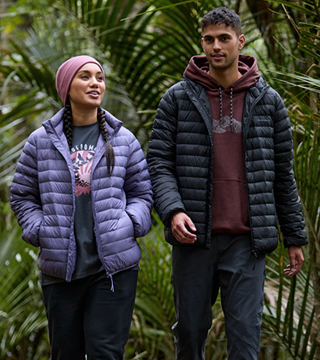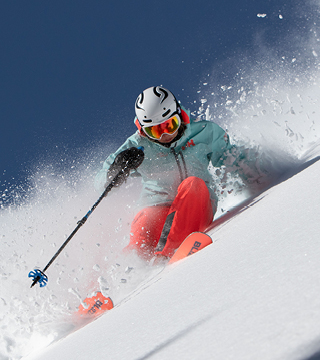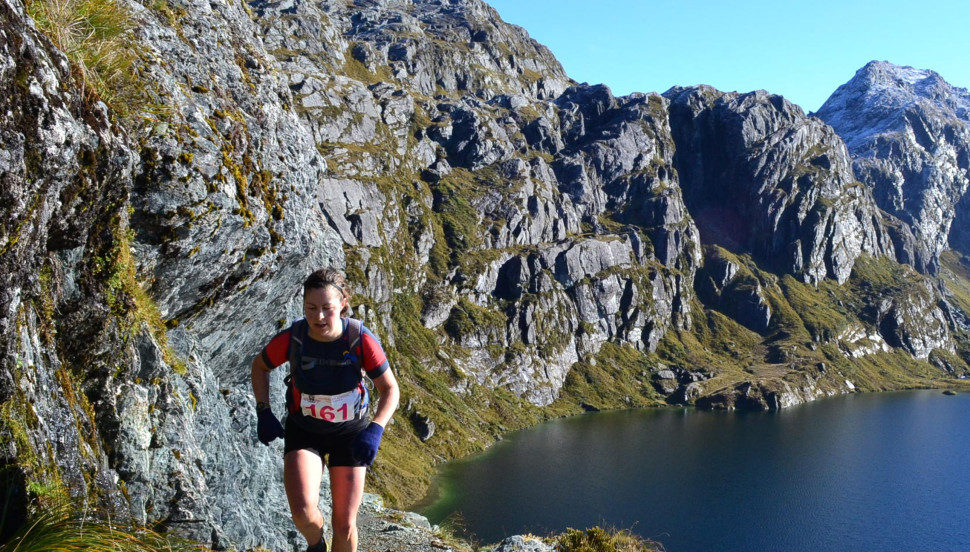As we improve in fitness and skill, many of us will consider running further and farther than ever before. In doing so however, we are exposed to a whole new set of circumstances that otherwise wouldn’t be taken into consideration on a 5km around the local park, and have to be ready to adapt to them. For many, this means having to invest in a running pack.
Why? Using organised events as an example, many trail running events have a list of compulsory equipment to be carried during a race, and in many cases the gear listed is worth carrying on day to day adventures as well. Food, Water, lightweight rain jacket, strapping tape, painkillers, emergency whistle… When going off the grid for a few hours, the scouting motto of “be prepared” is your best friend.
So whether cracking an ultra or just wanting to get out amongst nature is your goal, a running pack is a valuable piece of equipment to have on hand. That said, there are a wide range of packs available on the market today, with no 2 packs being exactly the same. With that in mind, here are some basic guidelines to choosing your first running pack.
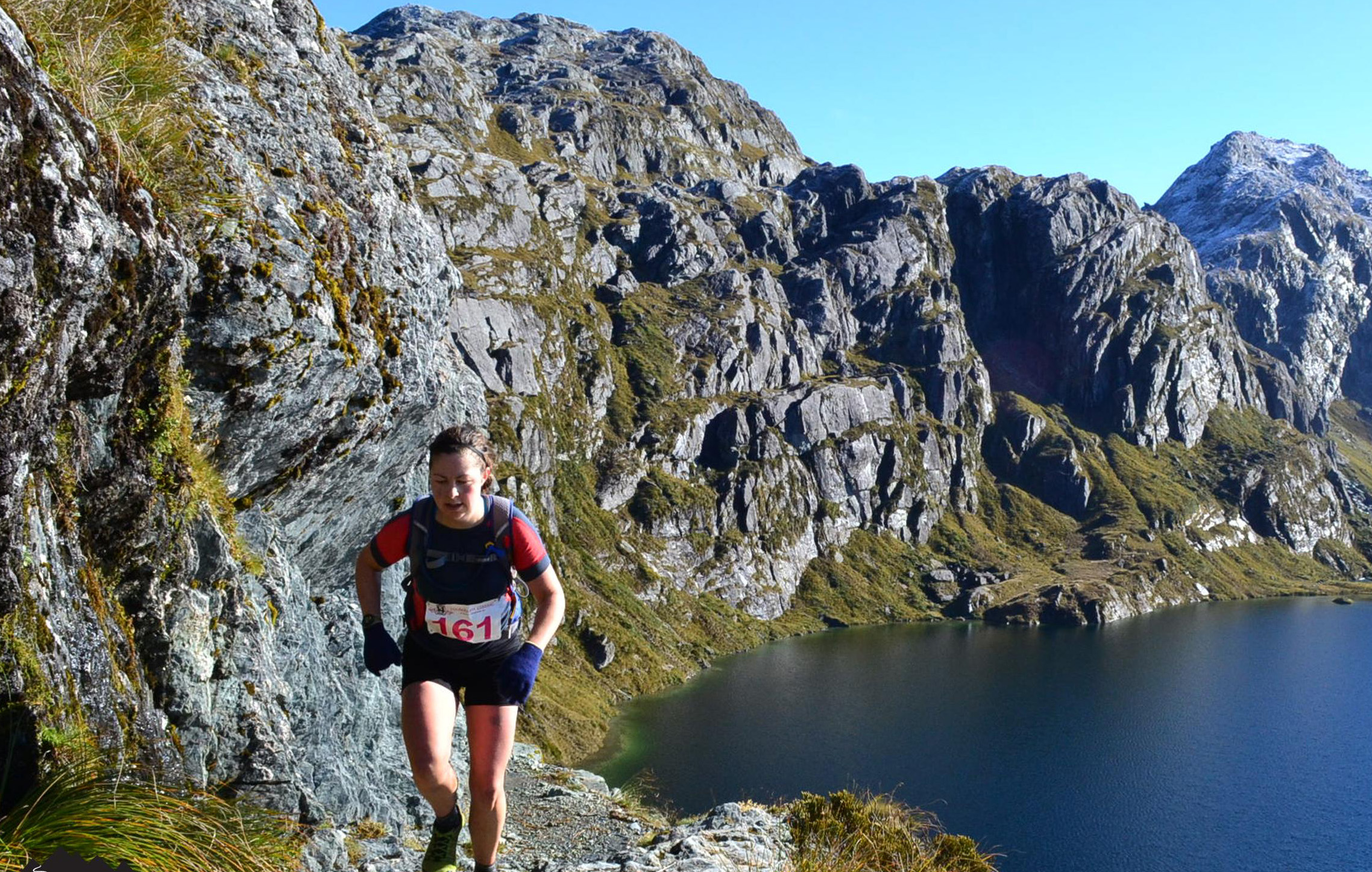
Torpedo7 athlete Fiona Dowling knows the benefits of running with a pack as she tackles the Routeburn Classic
Fuel
Are you a heavy sweater, or can you run for an hour on just a few sips of water? Do you burn through food the way a V8 does petrol, or does a single sandwich keep you going all day? Runners heavier on the fuel supplies will have different needs to runners who aren’t.
Heavy sweaters should consider investing in a pack with a hydration bladder built in, with the size dependent on how far they wish to run. As a general rule, the average person goes through 700mL of water per hour of exercise; roughly 1 standard water bottle. Therefore a 2L hydration bladder will last just under 3 hours of running. Keep in mind that it is best to be a little over prepared than underprepared so take this into consideration, as well as how far you may wish to run as your fitness and appetite for adventure improve.
It’s worth noting at this point that there are 2 approaches to carrying water in a running pack; using a bladder, or using water bottles. You will find a variety of opinions regarding the 2 systems, and it is up to you to decide which you prefer. Bottles are easier for track fluid consumption and how much you have remaining, whilst bladders are often faster to use when moving and in some cases can be set up hands free.
More ravenous runners would do well to look at packs with zipped pockets along the front straps, allowing easy access to food while on the move.

These Camelbak Classics hold water and not much else.
Equipment
For a light jaunt around the local forest, you may be able to make do with some water and maybe a light rain jacket. But if you’re planning on heading out into the Waitakere ranges or National Park for a day, a bit more in the way of safety equipment is needed. Thermals, emergency shelters and sturdier rain jackets are just a few of the pieces of equipment you may need to carry should conditions take a turn for the worse, and you need to be able to carry it! Runners in this situation should look at a higher volume pack in order to be able to comfortably carry all this equipment.
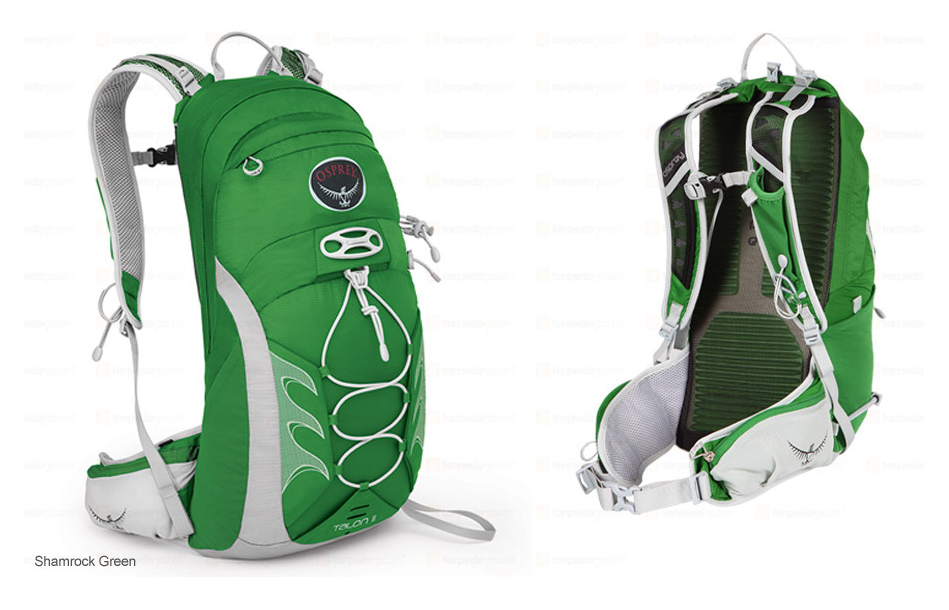
Osprey’s Talon series of packs are light, comfortable and have large storage capacity. Combine them with a bottle or other hydration system for a versatile pack.
Running Style
How you intend to run also influences what you should look for in a pack. If your aim is to keep on moving at a steady pace, taking in the scenery and chatting to passers-by, it may not be necessary to invest in a lightweight highly technical pack. Comfortable shoulder straps, plenty of adjustment and a breathable back piece should be priority here.
Racer types have a different set of priorities. Packs should be lightweight, fit close to the body to minimise movement and have the majority of equipment readily accessible on the move. Race vests are one such option, trading storage capacity for an ultra-close fitting, breathable piece of kit.
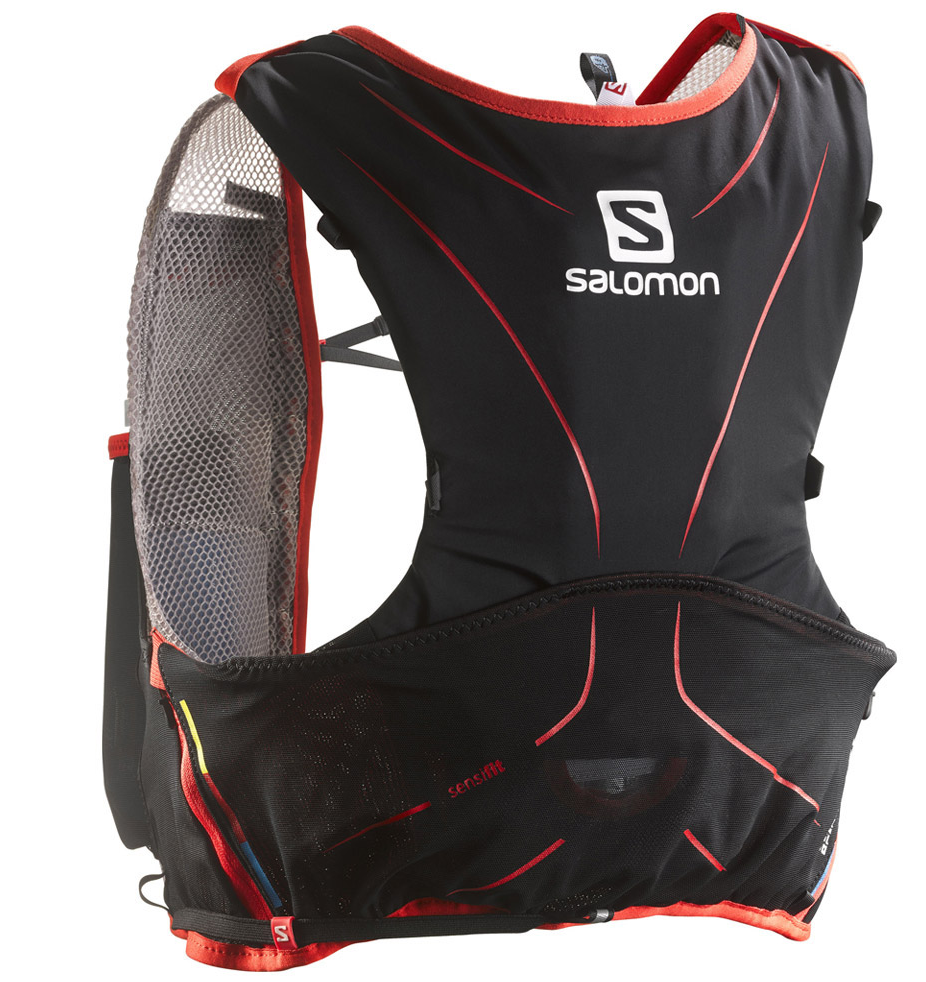
Many options from Salomon fit into the the lighter weight “race vest” category more suited for when low weight and close fit are a priority.
Fit
Everyone is shaped differently, and what fits one person may not fit another. Trying on each pack is crucial here, as it is hard to judge fit based on pictures alone. A running pack should not sit too low on the hips, or too high above the shoulders. Ideally, a close fitting pack that keep spanning from the shoulders to just above the hips should prevent too much movement. If you have any doubts, talking to the staff at your local Torpedo7 can help narrow down the options to the pack that fits you best.


